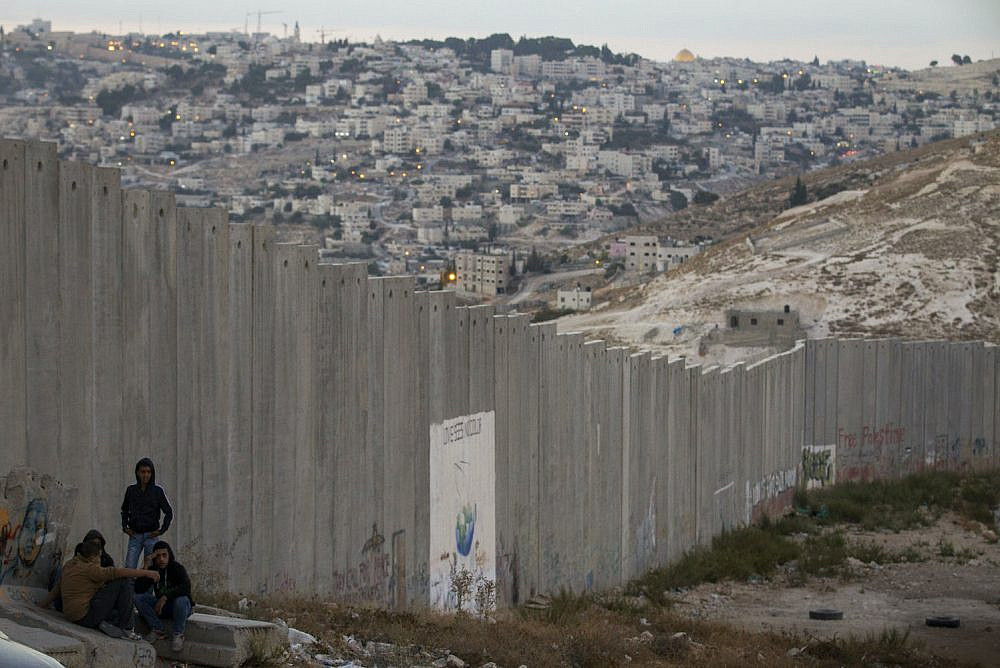As Palestinian demonstrators assembled in the streets of Ramallah, Hebron, and other West Bank cities last month, a familiar, but perhaps unexpected, rallying cry rose from the crowds: “The people want the fall of the regime.” The trigger for the protests was the June 24 killing of Nizar Banat, a prominent activist and frequent critic of the Palestinian Authority, while in the custody of Palestinian security forces. While Banat’s funeral attracted thousands in Hebron, protesters in Ramallah chanted “fall, fall, military regime.” It was PA police officers who shoved fellow Palestinians in the streets, struck protestors with batons, attacked journalists, and harassed female demonstrators and observers.
But regimes are systems, not individuals, and many have argued that the system that enabled agents of the PA to carry out these violations is the same one that targets Palestinians confined in the blockaded Gaza Strip with devastating aerial bombardment; threatens thousands of Palestinians in East Jerusalem with expulsion; repeatedly demolishes the homes, classrooms, and critical facilities of Palestinian Bedouins in the Jordan Valley; and confronts Palestinian citizens of Israel with, alternatively, state neglect or mass arrests. It is one of racial discrimination and gradual ethnic cleansing that has been a dominant feature of Israeli politics since the birth of the state.
Since at least the 1930s, the dominant discourse on Israel-Palestine has been about the number of states the region can, or should, feature: one or two. But as prominent regional and international organizations increasingly use the label of apartheid to describe the reality between the Jordan River and the Mediterranean Sea, regime-based claims are beginning to break through.
While in popular discourse the term has connotations with authoritarianism, regimes, in a general sense, are simply the formal or informal rules that determine how interests are represented and how political power is allocated within the state. If regimes embody both substantive intent and the rules and structures to pursue such intended aims, how many regimes exist between the river and the sea? Can the rules and their intent be transformed prior to — or even instead of — upending the state itself?
The rules governing Palestinian lives differ inside Israel, in East Jerusalem, in the rest of the West Bank, in Gaza, and even in the diaspora. Palestinians in these geographies face different court systems, different formal political rights and restrictions, different coercion-wielding agents of the Israeli state, different rules governing movement and access, and different (although always subordinated) Palestinian governing bodies. When foregrounding intent, however, we might view these rules as comprising a single regime, and it is one that defends and enforces the existential privilege of one ethnic community over another.
It is understandable why both defenders of the current regime and its fiercest critics have associated the territorial organization of the state with the regime that undergirds it. Some of that conflation is both intentional and merited. But I would like to offer that disentangling the two, to echo terminology used by scholar Gal Ariely, is an important step in moving toward a better future.
The state-first approach has, so far, failed to prevent, and, if anything, has enabled the continued abuses of the occupation, asymmetric warfare, authoritarianism within Palestinian institutions, and forcible dispossession and displacement. One- and two-state purists have each had their limitations. Some advocates of the two-state formula have been unimaginative in insisting that new state creation via partition must precede regime change. Some of the voices that have actively pushed for one state have thought about what the regime would look like, but how to get Jewish and Palestinian societies and their political elites to ascribe to this common set of rules remains a stumbling block. I suggest here — with the humility required from a foreign scholar whose life is not at stake in these outcomes — that a regime-first approach may, despite some definitional and process-related challenges, hold more promise.
Components of the regime
At a lecture in Munich in 1919, social theorist Max Weber famously defined the modern state as “[t]he form of human community that (successfully) lays claim to the monopoly of legitimate physical violence within a particular territory.” Due to their underlying fragility, I prefer thinking of states as the form of human community that aspires to monopolize violence.
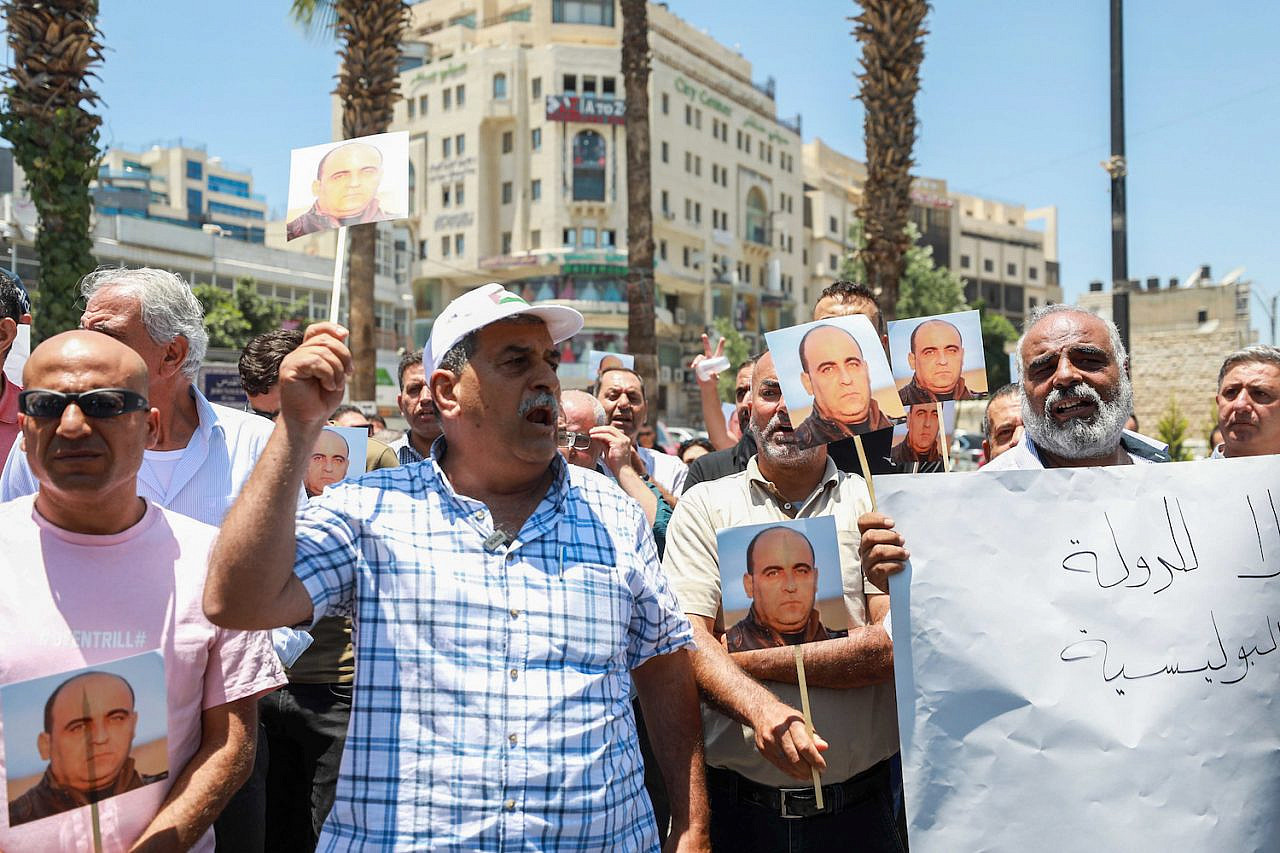
Challenging the state often means advancing secession, annexation, or another change in how geographic borders are drawn. Alternatively, however, one might set their sights on the substantive institutions that underpin the state. Who will wield the weapons? What, or who, will be deemed threats to the state, either internal or external? What will govern response to such threats, and what will be the rules of engagement? What will be the relationship between private and communal forms of property — whether farmland, water, roads, housing, or religious sites? Will state coercive authority be used to protect or destroy these resources? Finally, to whom will the coercive agents of the state be held accountable?
The answers to these questions may be spelled out in formal laws — for example, those that govern citizenship, voting rights, and access to courts — or informal norms, including the discretion granted to individual soldiers, police officers, judges, building inspectors, or other agents of the state. (A clear example of such bureaucratic discretion can be found in the Israeli Interior Ministry’s response to the expiration of the ban on family unification between Palestinian non-citizens and Israeli citizens. Since the Knesset failed to renew the ban, the Ministry has simply ceased responding to Palestinian applications.) Each of these internal aspects of the state — whether formal or informal — are components of the regime.
How many regimes?
The regime label that has gained the most traction in recent years is that of apartheid. Over the past few years, a succession of human rights and legal advocacy organizations have used the term in application to Israel’s rule over Palestinians.
The concept of apartheid (meaning “the state of being apart” in Afrikaans) originates in the white supremacist regime of racial separation, forcible displacement, and discrimination instituted in South Africa and South African-administered Namibia from 1948 until the 1990s. In international law, however, it describes a general phenomenon, as captured in the 1973 Apartheid Convention and in the Rome Statute of the International Criminal Court. In the latter, apartheid is defined as “inhumane acts… committed in the context of an institutionalized regime of systematic oppression and domination by one racial group over any other racial group or groups and committed with the intention of maintaining that regime.”
While Palestinian thinkers, as legal scholar Noura Erakat reminds us, did the pivotal ground work in connecting Zionism as it has been practiced to notions of racial separateness and supremacy, one of the landmark international analyses of apartheid in Israel-Palestine came from a report commissioned by the United Nations Economic and Social Commission for Western Asia (ESCWA) in 2017.
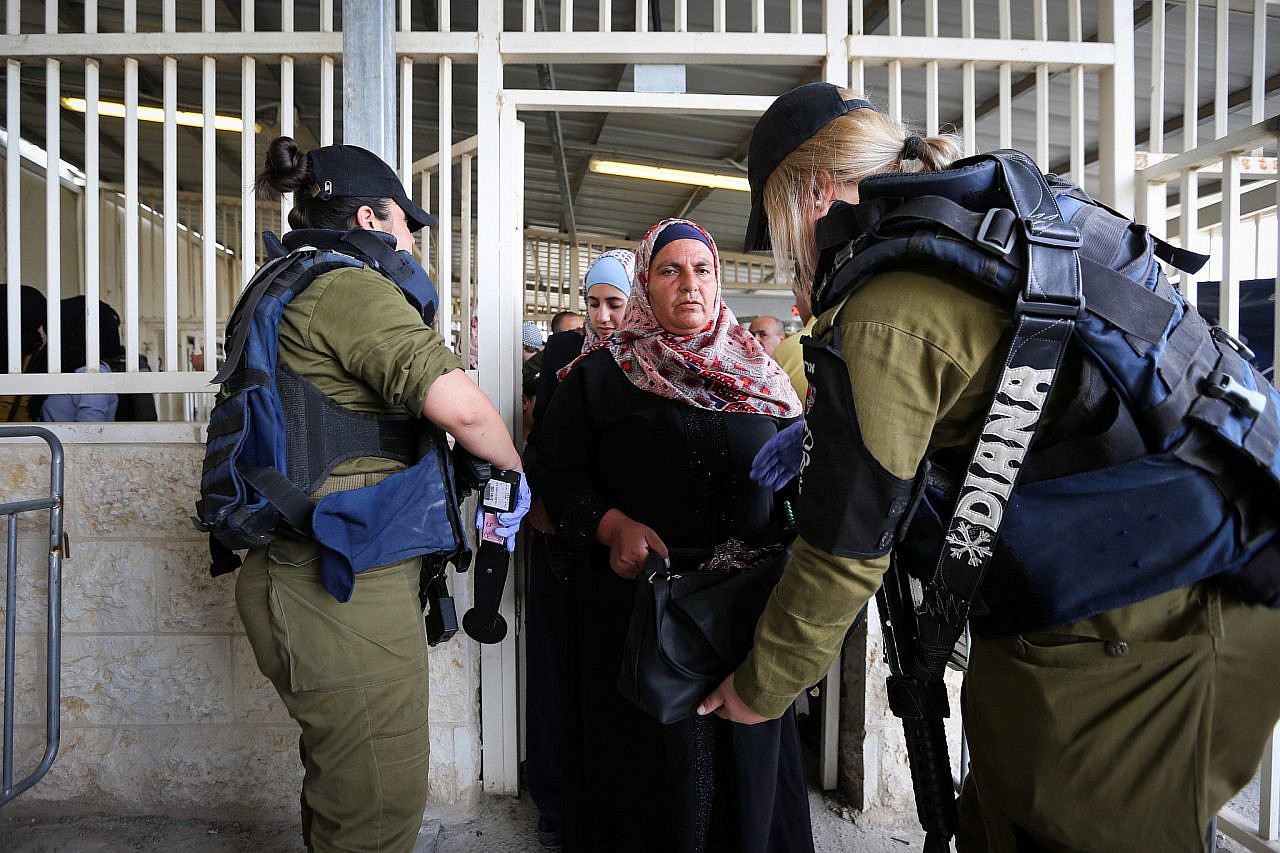
The report was aggressively attacked by Israel and its international allies and likened to Nazi propaganda. After the Secretary-General capitulated to pressure and asked that the report be dropped, ESCWA’s head, Rima Khalaf, submitted her resignation in protest. Nonetheless, in fall 2019, a group of legal advocacy organizations, including the Ramallah-based Al-Haq, issued a joint report to the United Nations Committee on the Elimination of Racial Discrimination (CERD) finding that “Israel has created and maintained an apartheid regime over the Palestinian people as a whole,” in violation of its obligations under the International Convention on the Elimination of All Forms of Racial Discrimination.
Both the 2017 ESCWA report and the joint report to CERD take direct aim at Israeli efforts to fragment the Palestinian people across multiple geographic domains, namely: Israel within the Green Line, the West Bank, East Jerusalem, Gaza, and in the diaspora, restricting movement and entry of Palestinians between these communities, including by denying the right of return to refugees who fled or were forcibly expelled from their homes during Israel’s creation. These two analyses, therefore, consider the scope of the apartheid designation to include not just Palestinians within the territories controlled by Israel, but also Palestinian refugees who have been denied return since being expelled over 70 years ago, whose property was confiscated, and whose homes were, in many cases, razed to the ground.
In July 2020, Israeli human rights group Yesh Din released a legal analysis, authored by attorney Michael Sfard, which traces how international legal opinion moved from criminalizing solely “inhumane acts” conducted within an apartheid regime to focusing on the foundational intent of the regime itself. The report claims: “Most important to the matter at hand is that under both definitions [the 1973 Convention and the Rome Statute], apartheid is a regime focused crime. In other words, it is a crime that centers on the existence of a regime that has certain attributes,” (emphasis in original).
Unlike the ESCWA report and the joint report to CERD, Yesh Din’s report does not grapple with Palestinian refugees outside of the territorial control of the Israeli state. Further, they adopt a narrower scope for the regime question. Sfard notes that, despite increasingly bold moves by Israeli leadership to formally annex part or all of the West Bank:
“[t]he institutional differences between the West Bank and Israel, along with the disparities between the arrays of rights, obligations and powers in the two areas are distinct, and, at this stage, genuine…which leads us to the conclusion that it is possible to view them, from a legal standpoint, as distinct regimes with different features.”
This is not a decision taken lightly, as evidenced by the number of pages dedicated to its discussion. There are clear political and ethical implications of accepting Palestine’s geographic fragmentation as a given, which the Yesh Din report acknowledges. For example, in her rigorously argued book, “Justice for Some: Law and the Question of Palestine,” Erakat describes how emphasizing “statist legal and geographic demarcations separating and distinguishing Palestinians from one another” are used to “refute claims that Israel oversees a singular discriminatory regime.”
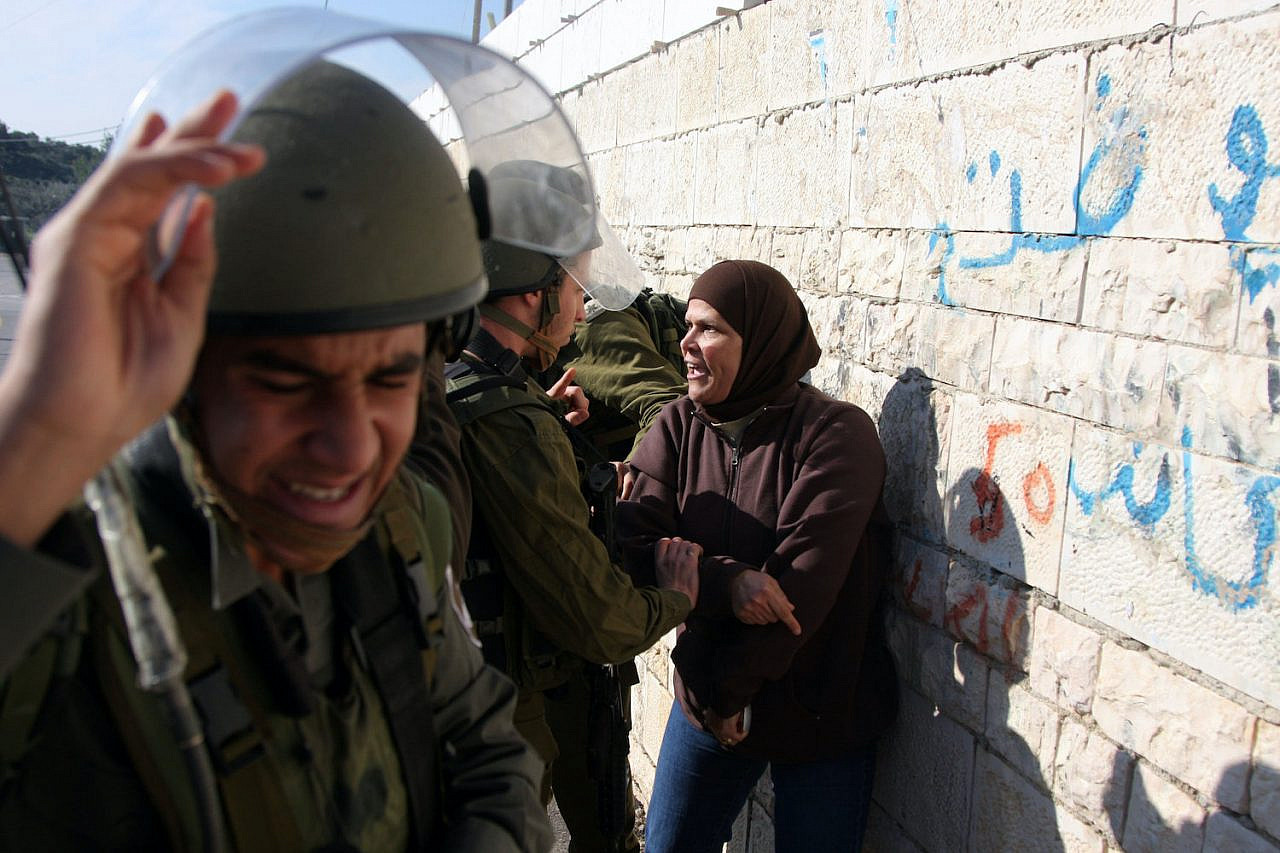
Similar logic appears to have motivated the more expansive definitions by ESCWA and the joint report to CERD described above. Clearly, this shows that one’s assessment of how many regimes exist depends whether one is focused solely on intent or whether one defines regimes primarily based on the structures and rules through which that intent is channeled. In the West Bank, for example, those structures include those of the Israeli military and those of its Palestinian intermediary, the PA.
A third assessment by Israeli human rights organization B’Tselem released in January, and a fourth report by Human Rights Watch in April — the first on the topic by a leading international organization — both emphasized a single regime across all territories Israel controls. B’Tselem claims that the two systems of rule — one inside Israel and the other in the occupied territories — “are not two parallel regimes that simply happen to uphold the same principle. There is one regime governing the entire area and the people living in it, based on a single organizing principle.” That principle is Jewish supremacy.
Finally, Human Rights Watch, too, considers the land from the river to the sea as part of a single regime, and identifies a broader set of crimes: both apartheid and the crime of persecution, as defined in international law. Drawing on the Rome Statute’s focus on “inhumane acts,” the report details issues such as land confiscations, construction of the separation barrier, police violence in East Jerusalem, and control of Gaza’s waters and airspace as acts that amount to systematic oppression. The implication is that these acts are constitutive of a single regime.
Despite their differences, the analyses above all have one thing in common: none of them overtly challenge the current territorial state, defined as the organization seeking to monopolize violence between the river and the sea. They challenge the ethno-supremacist content of the state — in other words, the rules that have produced continual, gross violations of Palestinian rights. In the joint report submitted to CERD, this is tellingly referred to as Israel’s “raison d’état”, but, importantly, not l’état itself.
Rewriting the rules
What would a regime-first strategy for justice and freedom entail? Currently, Palestinians have no meaningful representation in the political bodies that are charged with designing the rules of the game. Can we imagine the Israeli Knesset repealing the Orwellian-sounding Legal and Administrative Matters Law of 1970 that allows settlers to seek to expel Palestinians from their homes in Sheikh Jarrah and Silwan? Discriminatory institutions usually cannot be used to change discriminatory institutions. The controversial, and arguably marginal, inclusion of a Palestinian party in the new Israeli government seems unlikely to promote large-scale reform. Further, over 5.4 million Palestinians — including residents of occupied East Jerusalem, the West Bank, and Gaza — are disenfranchised from this institution entirely.
The Palestinian Authority and Hamas’ rule in Gaza are also, in distinct ways, part of the regime. The PA was formed in 1994 to manage civil governance in Palestinian population centers in the West Bank and Gaza, to police Palestinians, and repress threats to Israel or the autocratic PA leadership. With everything that has occurred since, it is easy to forget that, in late April, in a Ramadan Thursday night news dump, President Mahmoud Abbas became a sad cliché of himself and postponed the presidential and legislative elections — the first in 15 years — which had been scheduled to take place in May and July, respectively. Most recently, Abbas’s police forces have beat protesters with batons and launched tear gas at them. As for Hamas: it was in competing for control of PA institutions that the party secured a historic election victory in 2006, leading to the outbreak of an intra-Palestinian political conflict that culminated in its seizure of the Gaza Strip in 2007.
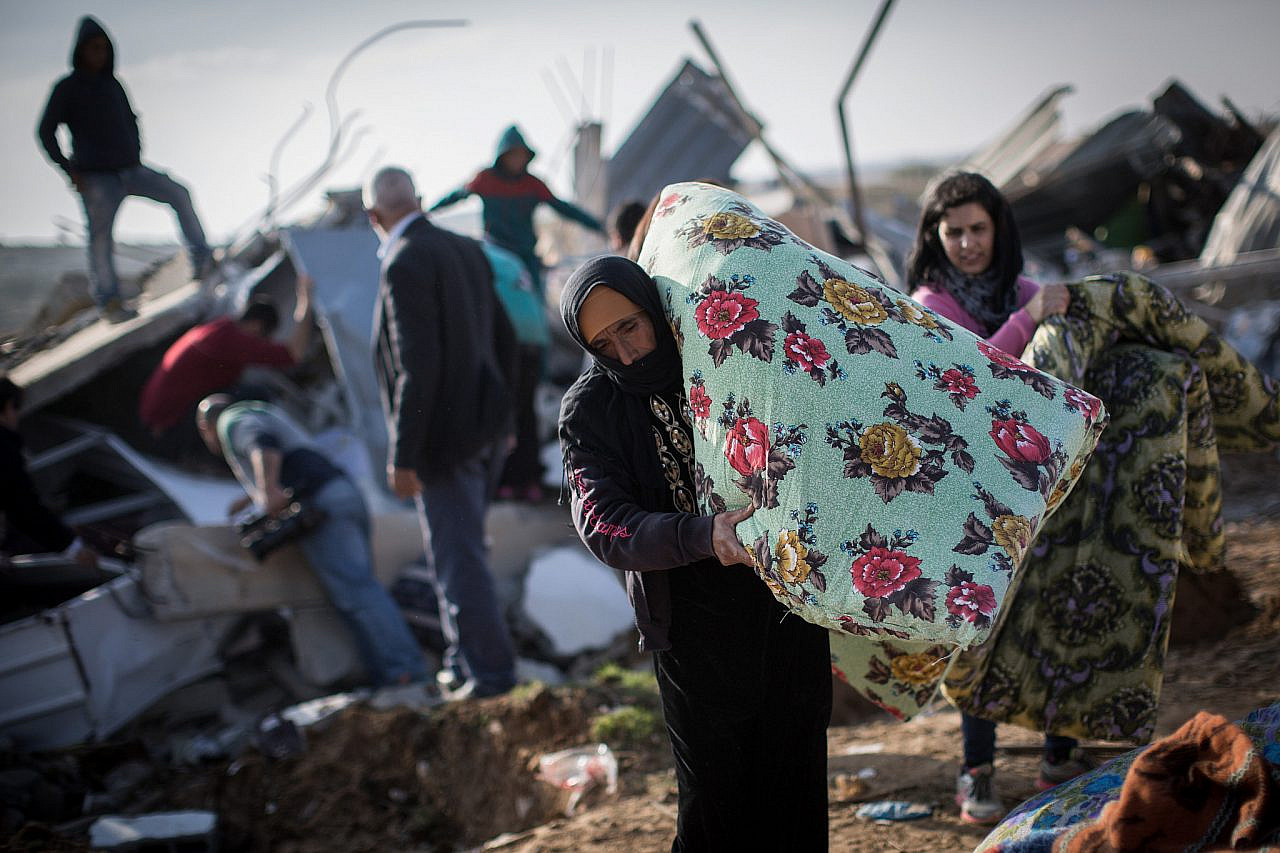
Thus, despite Hamas’s belligerent stance against Israel and Oslo-era institutions, both Fatah’s rule in the West Bank and Hamas’ rule in Gaza are byproducts of an institutional framework that was designed to achieve Israeli control and ethnic separation. Palestinians are not represented in these “regime” institutions, either. Nearly 75 percent of the Palestinian population today was not old enough to vote in 2006, the year of the last election. New political parties face steep barriers to entry, and individuals, journalists, and organizations perceived to be critical of Fatah (in the West Bank) or Hamas (in Gaza) are systematically repressed.
While apartheid may be an appropriate legal classification for the discriminatory political institutions that govern Palestinians across all of historic Palestine, a definition of regimes that separates political rules and structures from the intent underlying them suggests that there are, more likely, multiple discriminatory regimes inside Israel, in Jerusalem, in the West Bank, and in Gaza, respectively. Such a definitional separation may be merited on certain conceptual and practical grounds. On conceptual grounds, the implication is not that the ethno-supremacist intent of institutions should be ignored. Instead, rewriting the political rules of the game can proceed in parallel to efforts to address ideological ethnic supremacy. Efforts to rewrite the rules might include narrowly targeted campaigns against, for example, the continued demolitions and expulsions in the Jordan Valley or the bevy of import restrictions that have piled economic losses on top of war-torn Gaza. This may sound like mere tinkering, but some anti-racism research even suggests that such policy- and system-level change might, in the long run, produce ideological transformation.
On practical grounds, advocacy for Palestinians is taking place within the existing state system, where international actors have differential sources of leverage — and face different challenges — in advocating for change inside the 1949 armistice lines versus in the territories occupied after 1967. Thus — while Palestinians living across Palestine and in the diaspora may find it most effective to mobilize against the single regime of militarized apartheid that shapes their everyday lives — identifying separate regimes in East Jerusalem, the rest of the West Bank, Gaza, and inside Israel may be more tractable for allies and advocates in the international community.
Those of us based in the United States are unlikely to gain sympathetic ears from our policymakers on “regime change” in historic Palestine. However, it is possible that successive policy change — powered by domestic and transnational grassroots movements and diplomatic pressure — can, in the long term, transform regimes. The United States will never challenge the existence of the State of Israel. However, the United States may challenge the policies of the government of Israel, such as by supporting Palestinian-led and international efforts to hold Israel accountable for its military assaults on the civilians of Gaza, working to abolish its discriminatory military court system in the occupied territories, or ceasing its demolitions of Palestinian homes and livelihoods in the West Bank, including East Jerusalem, for example.
Given the U.S.’s past history, this may sound like both an impossible wish list and a thoroughly anticlimactic set of demands. Indeed, the United States has largely failed to hold Israel accountable in the past, and, even if it were to do so now, policy change is a level below regime change, which is itself distinct from transformation of the state. However, in 1986, the U.S. government found the political will to directly challenge an apartheid regime. In that year, H.R. 4868 became law following a Congressional override of President Ronald Reagan’s veto. Section 4 of the law stated: “The purpose of this Act is to set forth a comprehensive and complete framework to guide the efforts of the United States in helping to bring an end to apartheid in South Africa and lead to the establishment of a nonracial, democratic form of government.” It seems almost impossible to imagine the United States ever committing to such far-reaching goals of regime change in the territories that Israel controls. But, with continued progressive organizing, it might start taking on Israel’s “inhumane acts,” one by one.
Many Zionists, for their part, see the labeling of a single regime of apartheid, one which includes the territory within the Green Line, as a challenge to the state itself. However, the legal claim of apartheid has nothing to do with the state, as it has been defined here, and everything to do with the regime. This fact is both protection against the claim that the apartheid allegation is an attempt to delegitimize the “State of Israel,” and it is, perhaps, reassurance to those who genuinely believe that to be the case. International courts do not disappear states.
However, even with a regime-first strategy, the desire to transform the state may never disappear from this conflict. Further, as political scientist Ian Lustick’s recent work suggests, regimes that lose their hegemonic, or unquestioned, status in society may be a “leading indicator” of state transformation, or even demise. The state — even by its barest definition as the organization seeking to monopolize violence — was built by British colonizers and Zionists, on top of the remnants of Ottoman institutions. It is no wonder, then, that Palestinians set their sights on the state itself when waging a struggle for their collective liberation. They have had no part in designing the very structures that are responsible for their (in)security and (un)freedom in their homeland. Dismantling and rebuilding the structure might, indeed, be necessary. But, first, we might ask: can the rules be rewritten? Can the state’s underlying intent — its raison d’état — be reclaimed?

